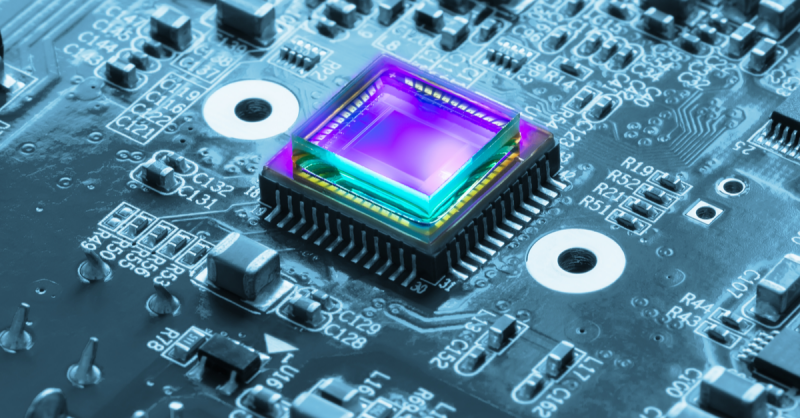This flexibility opens up a wide range of possibilities in product design and integration, as electronics can now be seamlessly integrated into various form factors. Cost-Effectiveness: Traditional electronics manufacturing involves complex processes, expensive materials, and high-volume production to achieve economies of scale. Printed Electronics, on the other hand, leverages inexpensive materials, low-temperature processes, and high-speed printing techniques. This significantly reduces production costs, making it an attractive option for applications where cost is a critical factor.
Customization and Rapid Prototyping: Printed Electronics enables rapid prototyping and customization. Design changes can be easily implemented, and new iterations can be quickly produced without significant retooling or redesigning. This agility fosters innovation and accelerates the development of new products, especially in fast-paced industries like consumer electronics and healthcare. Wearable Electronics: Printed electronics offer exciting opportunities in the field of wearable technology. Flexible and stretchable sensors can be integrated into clothing or accessories, enabling applications such as health monitoring, gesture recognition, and smart textiles.
The advantages of Printed Electronics extend beyond their flexibility and integration capabilities. The manufacturing process for printed electronics is inherently scalable and cost-effective. Unlike traditional electronics manufacturing, which involves complex and capital-intensive processes, printed electronics can be produced using relatively simple printing techniques, such as inkjet or screen printing. This scalability and cost efficiency make printed electronics an attractive option for large-scale production, enabling the widespread adoption of innovative electronic devices in various industries.
While the potential of printed electronics is immense, there are still challenges to overcome. The development of high-performance printable materials, improving the reliability and durability of printed devices, and addressing the scalability of manufacturing processes are some of the key areas that require further research and development. However, the progress made thus far is promising, and the collaborative efforts of academia, industry, and research institutions are driving the advancement of printed electronics at a rapid pace.
